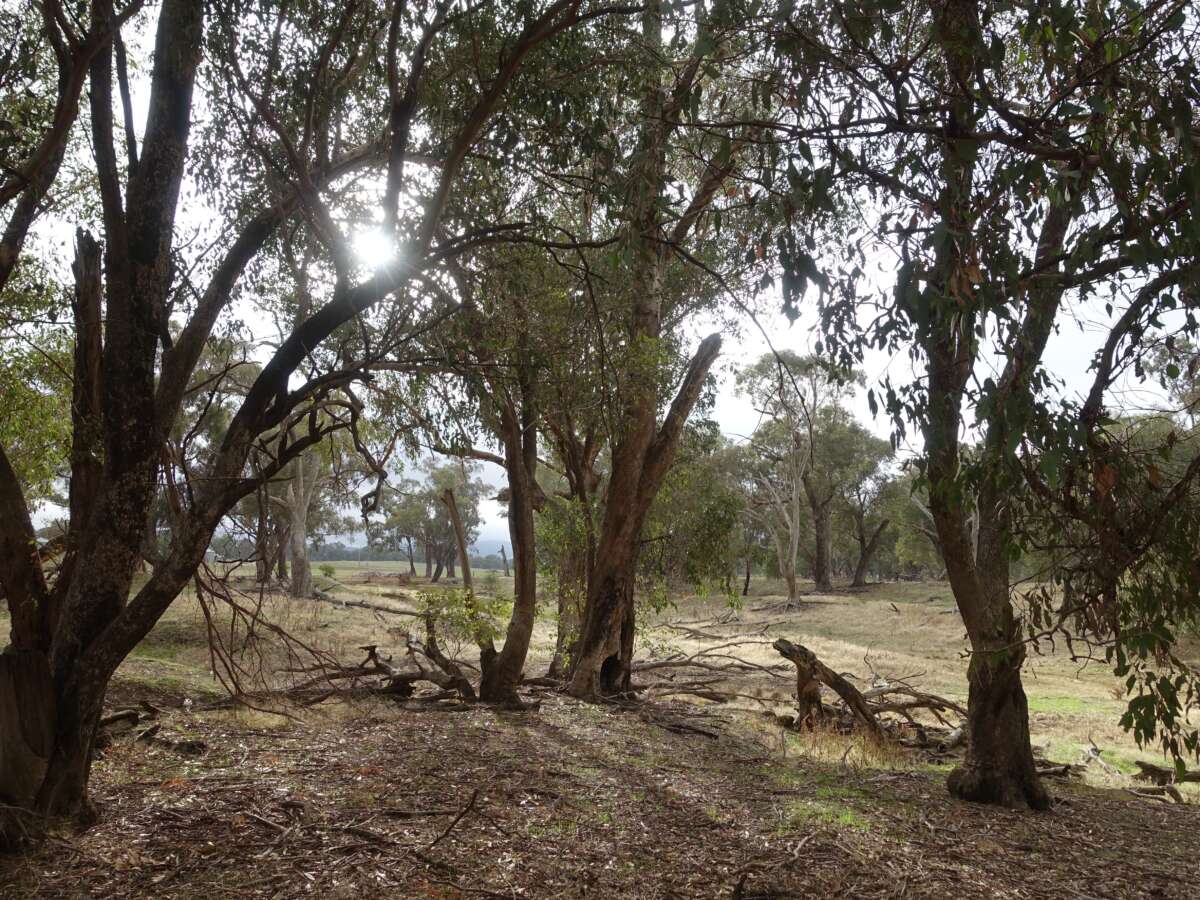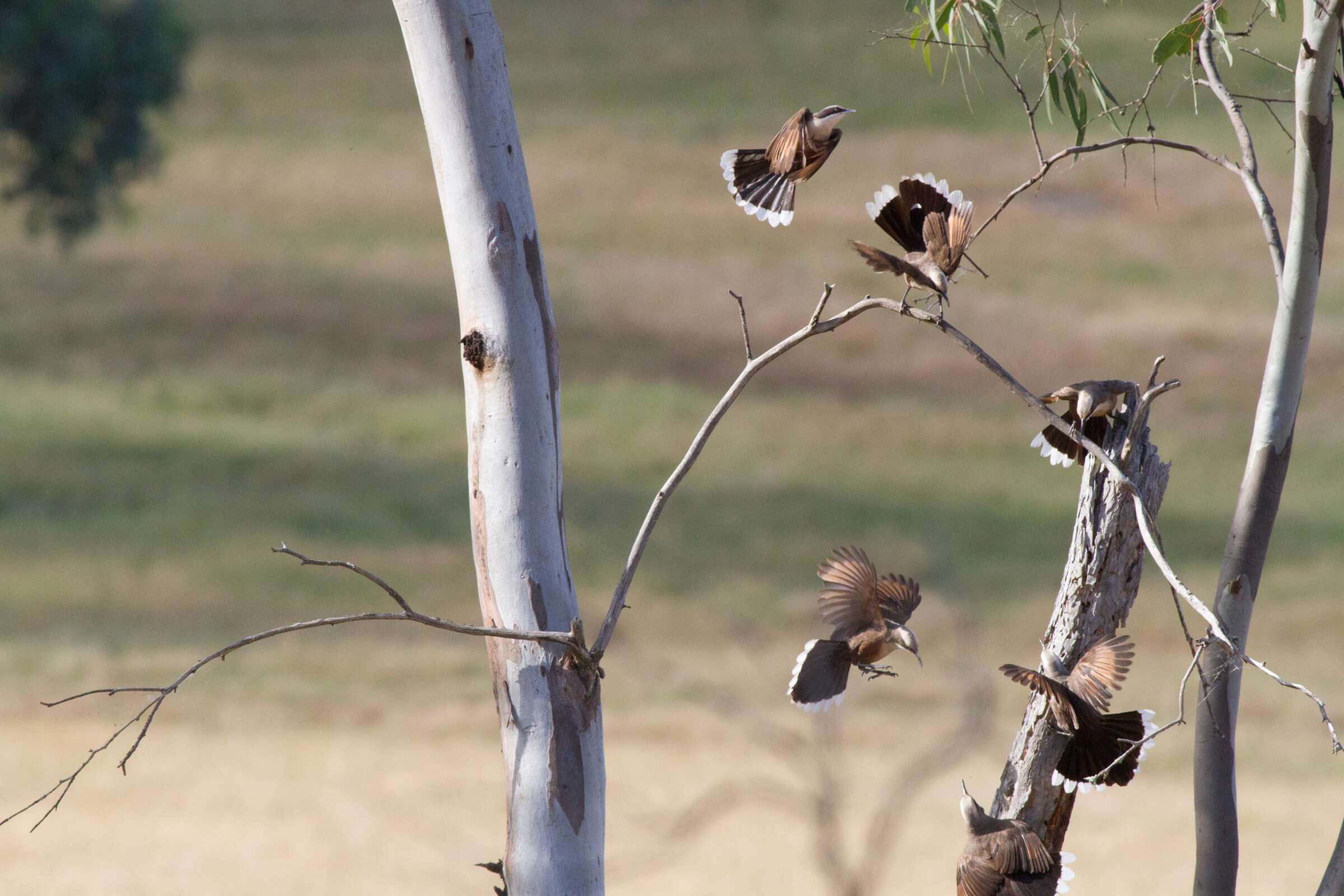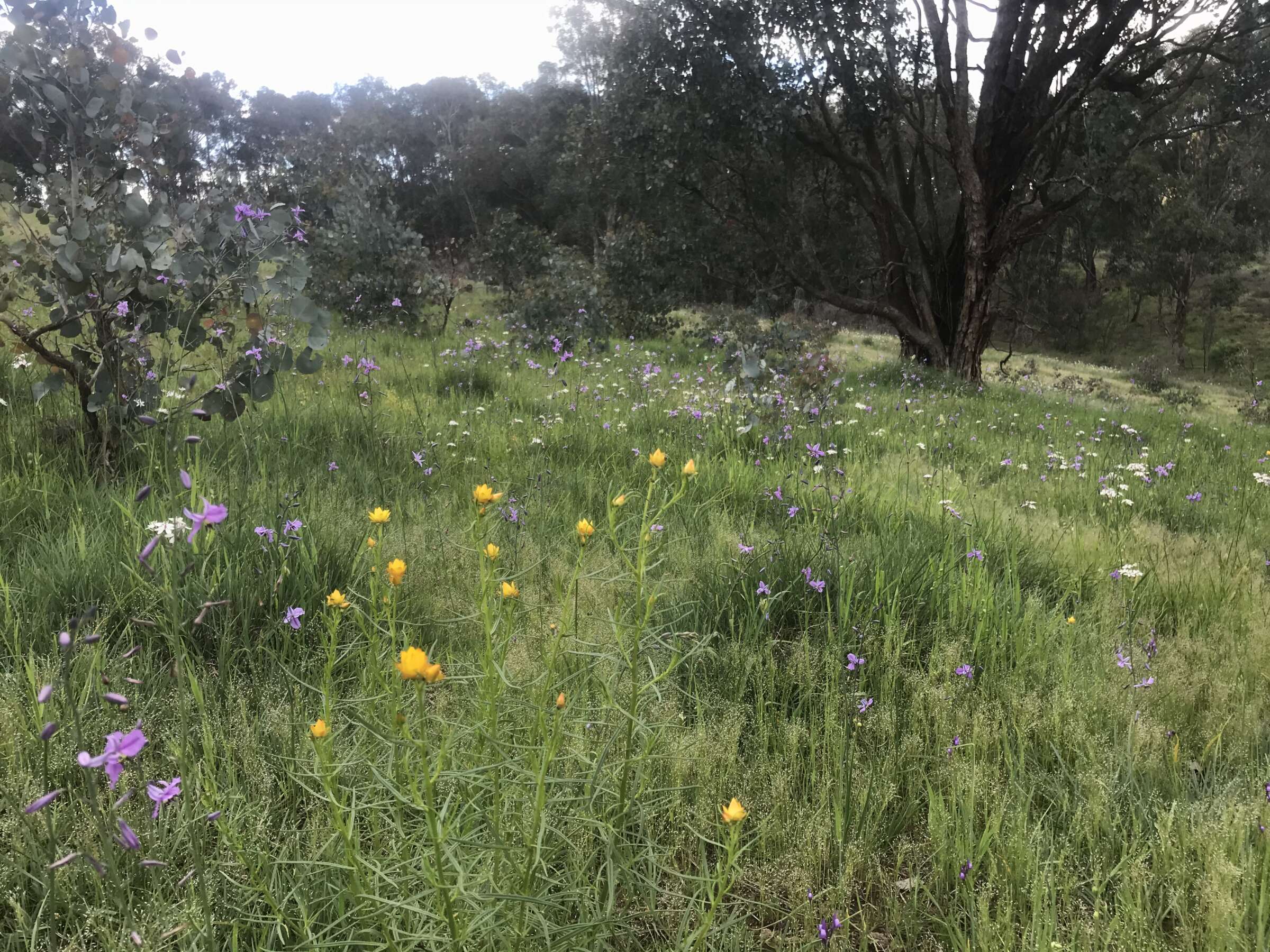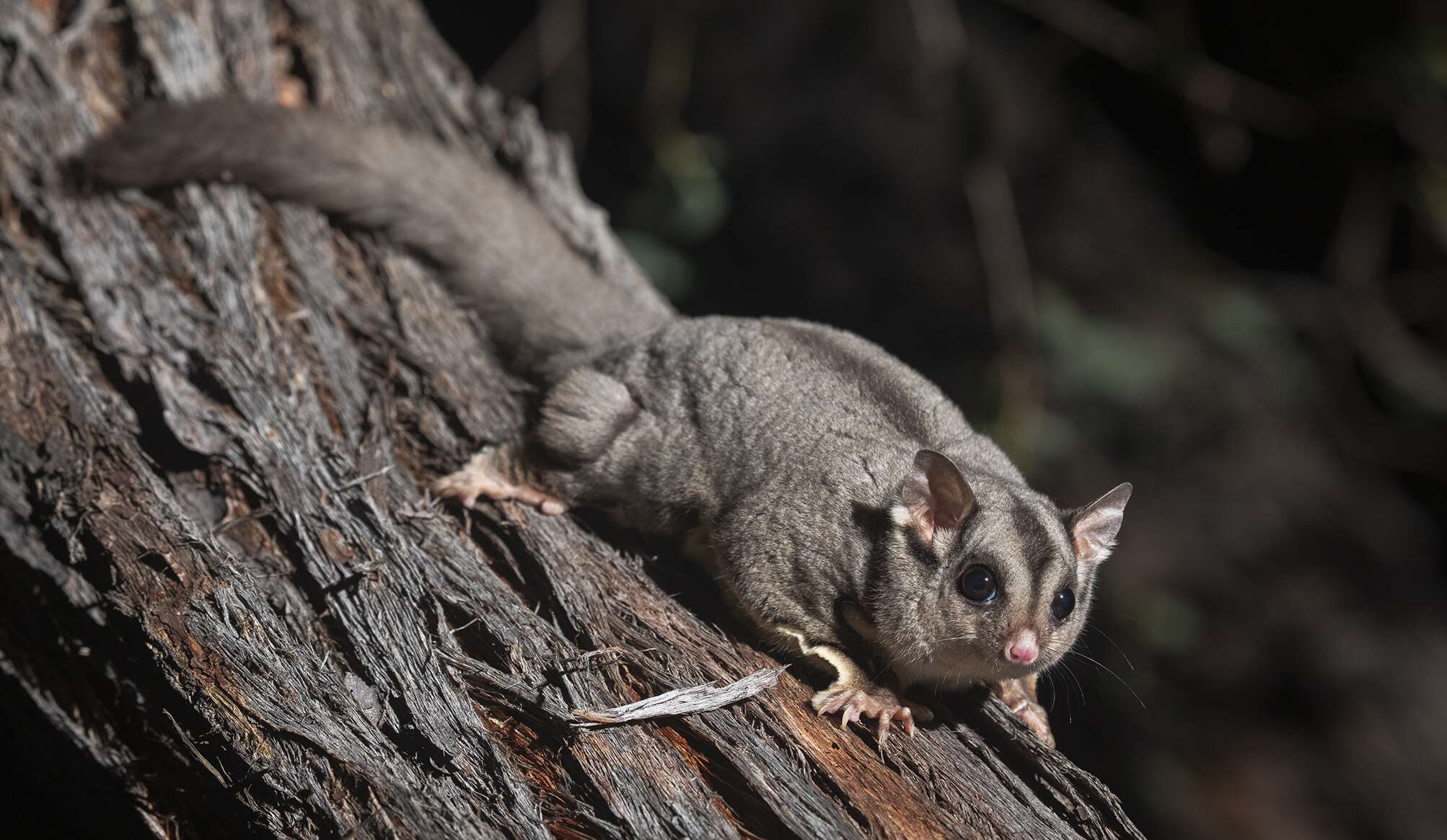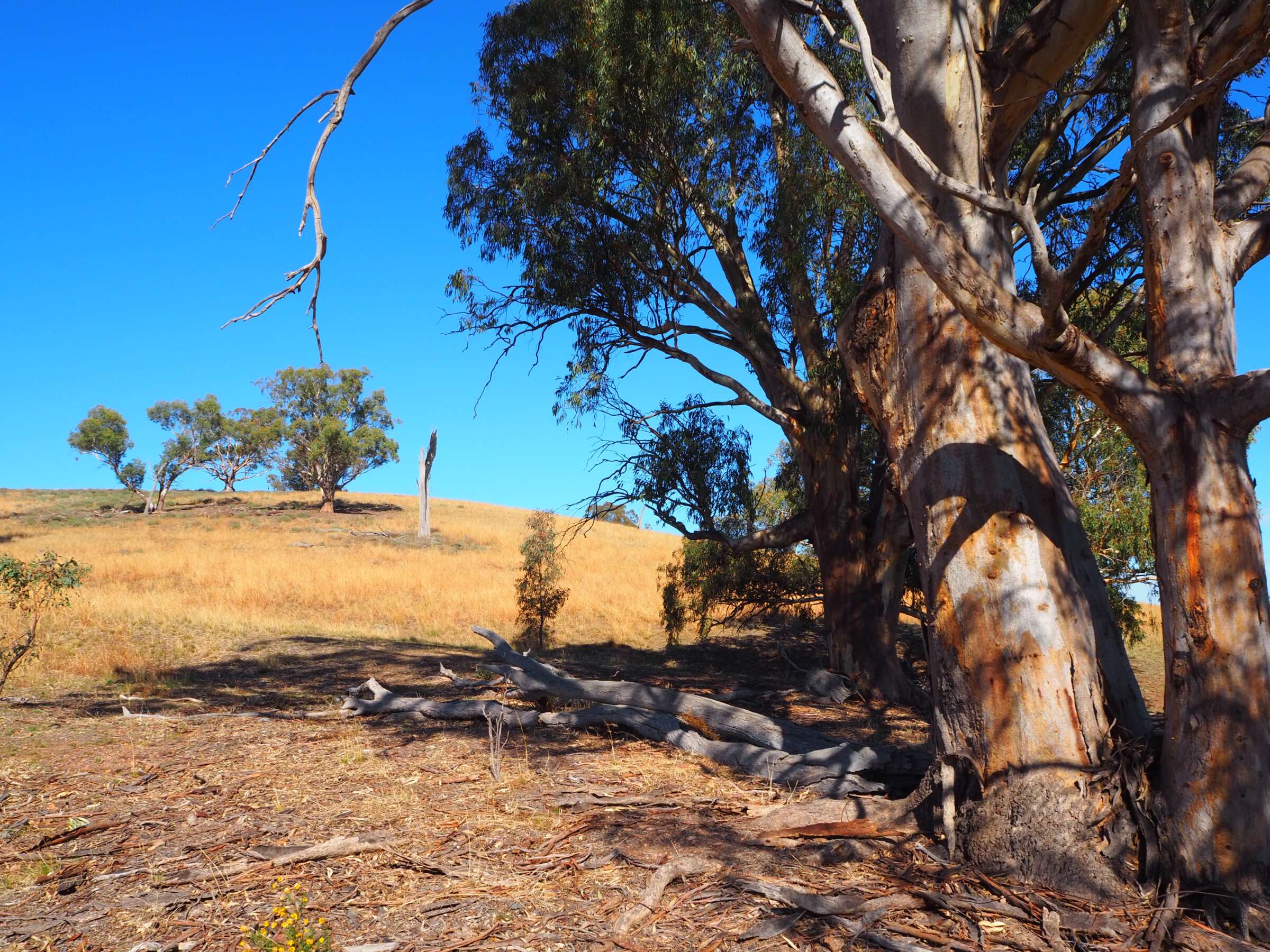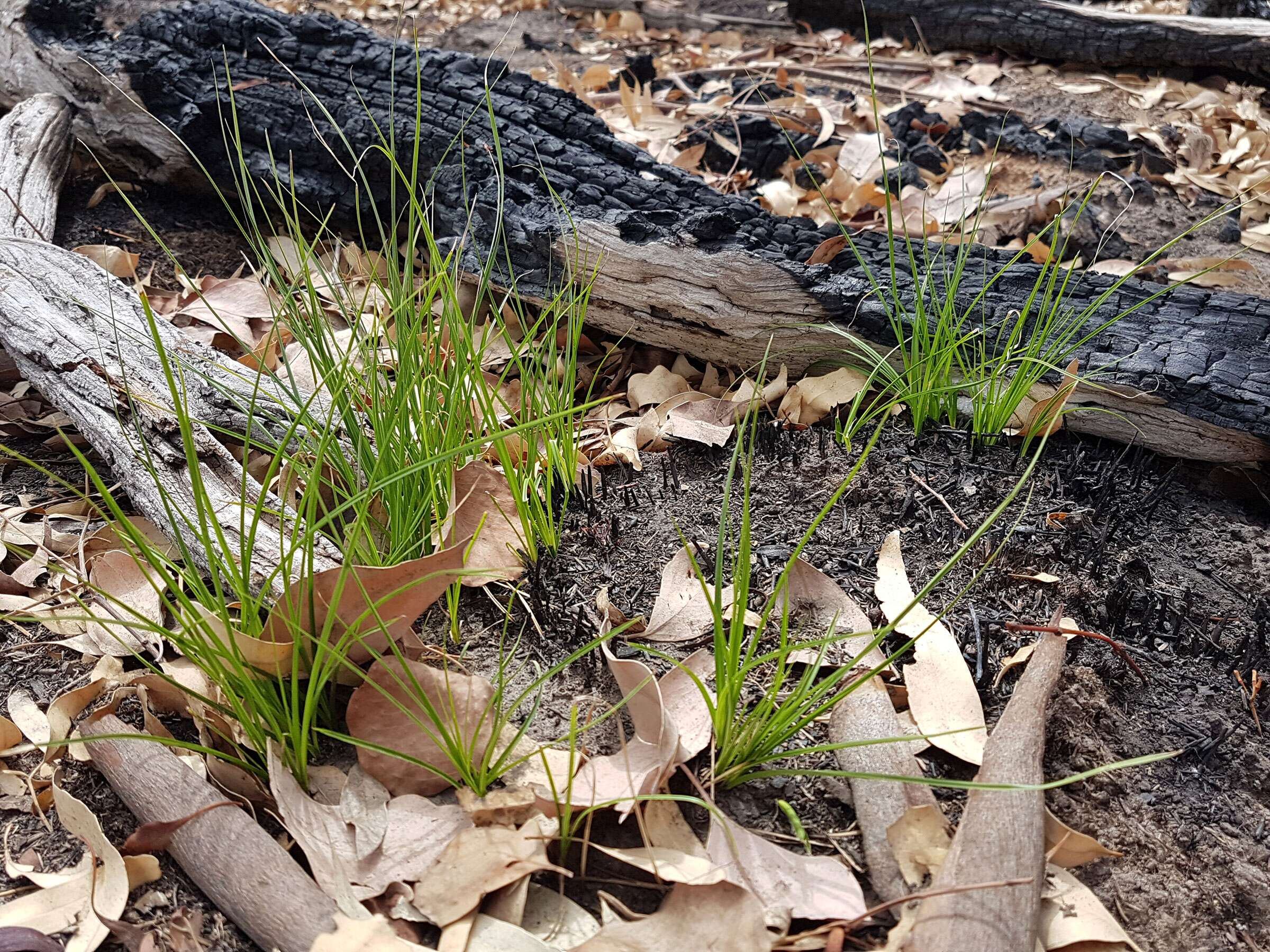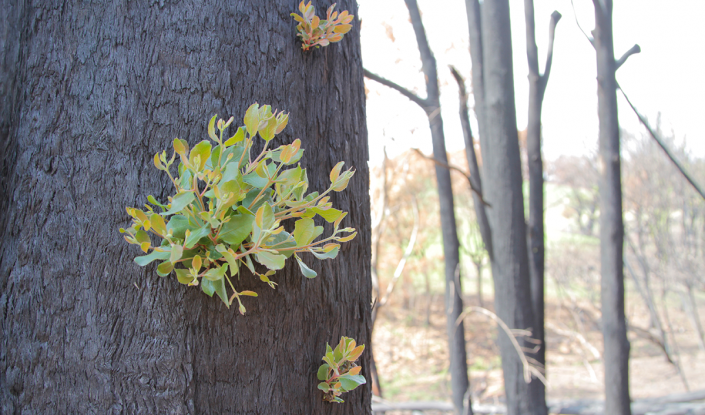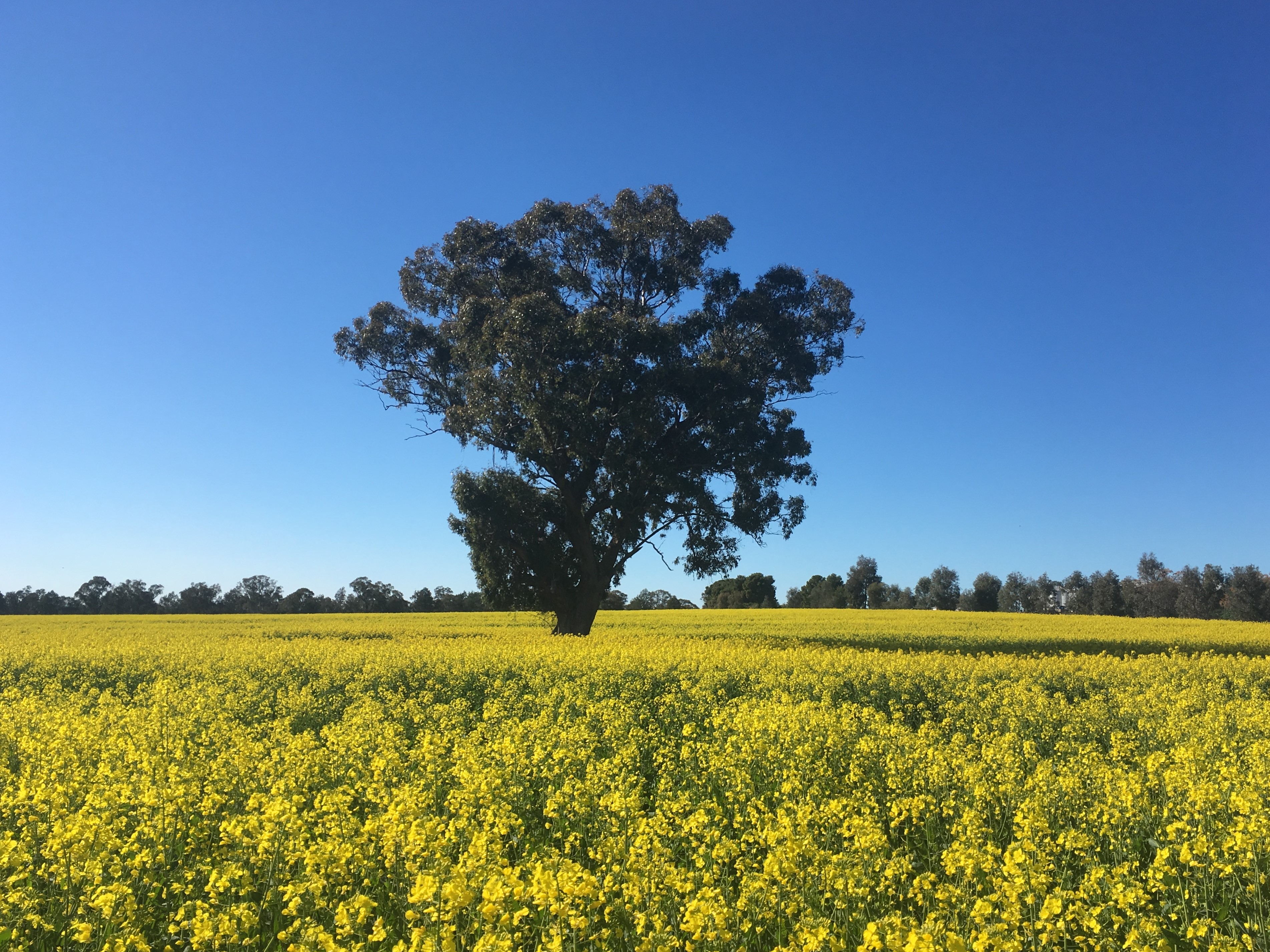Ways to manage remnant vegetation on a farm
While new plantings, shelterbelts and regrowth woodland are important environments on farms, they represent a different type of vegetation assets on a farm when compared to remnant vegetation. Even if your farm has recent plantings, or you’re planning to plant shelterbelts, it is vital to retain remnant old trees and woodland. Managing these areas carefully can help enhance the vegetation structure and diversity, and contribute to broader landscape function and farm productivity.
Management actions for remnant patches
Limit grazing pressure, particularly by fencing to control livestock access, but also by controlling exotic herbivores such as rabbits and overabundant native animals such as kangaroos.
Allow natural regeneration of overstorey and understorey plants to occur.
Keep fallen timber. Resist the temptation to remove fallen timber and logs – these provide habitat and food resources for a range of native animals. Fallen timber can also provide refuge for wildlife during fire. If fallen timber does need to be removed for safety or access considerations, move it to patches of bush or new plantings where it can add value as habitat and to help control erosion.
Keep large dead trees as they provide nesting and denning sites for many native animals, including sugar gliders, squirrel gliders, feathertail gliders, laughing kookaburras and superb parrots. Suitable nesting hollows can take more than a century to develop in most species of eucalypts.
Avoid clearing or burning dead trees or fallen timber. While fire is a natural part of woodlands ecology, even cool fires can destroy important habitats that take hundreds of years to develop. Note that while dead trees and fallen timber will burn, they are “heavy fuels” which are slow to ignite and are not a major factor in high fire risk.
Leave mistletoe. It is a valuable food source for native animals and usually does not have significant adverse effects on host trees.
Use wildlife-friendly fencing around remnant patches. Given the likelihood that marsupial gliders will utilise vegetation patches, consider using electric fencing or replacing barbed wire with plain wire on the top strand of fences in key glideways. Alternatively, cover the top barbed strand with polypipe. This will reduce the chance of gliders and other animals becoming tangled and dying.
